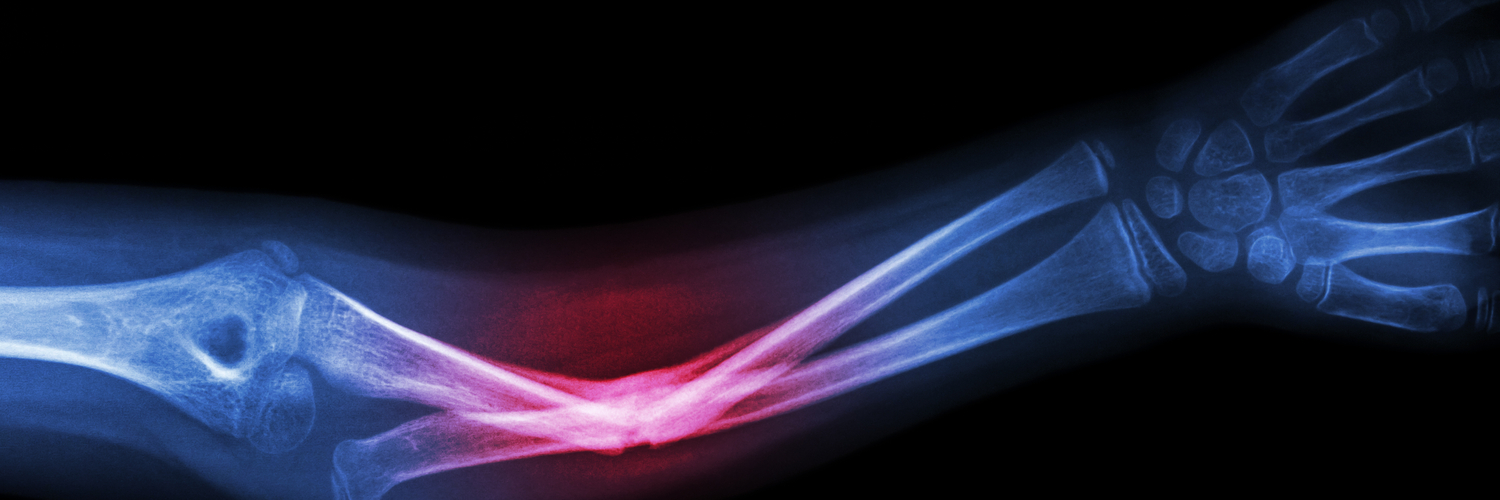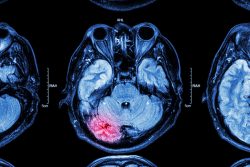Physical Activity Helps Prevent Early Death
 Researchers at the Universities of Cambridge and Edinburgh have shown that at least 3.9 million early deaths are being averted throughout the world every year by people being physically active. The study shows that too often we focus on the negative health results of poor levels of being physically active when we should be celebrating the positive benefits of being active.
Researchers at the Universities of Cambridge and Edinburgh have shown that at least 3.9 million early deaths are being averted throughout the world every year by people being physically active. The study shows that too often we focus on the negative health results of poor levels of being physically active when we should be celebrating the positive benefits of being active.
All research into lifestyle factors such as poor diet, smoking, drinking alcohol and physical activity tends to focus on the harms these factors play in poor health. This helps create a narrative to try and prevent and reduce these behaviors.
The team believe there is value in trying to understand that behaviors that are healthy confer in order to argue for increasing and maintaining them. They decided to look instead at population activity levels and then estimate the health benefits of physical activity to society.
In the study, the team used a number of known as the Prevented Fraction for the Population. In this case, the proportion of deaths that were prevented due to people being more physically active.
They examined previously published models for 168 countries on the proportion of the population meeting the World Health Organizations global recommendation of over 150 minutes of moderate intensity aerobic activity throughout a week, or 75 minutes of strenuous intensity activity, or an equivalent combination of both. The proportion of populations meeting the recommended level of physical activity varied quite substantially between countries. Kuwait showed a low of 33%, 64% for the United Kingdom, and a high of 94% for Mozambique.
Through combining the data with conjectures of the possible risk of premature death for people who were active compared to less active people, the team could estimate the proportion of premature death that were prevented due to people being physically active.
They discovered that all over the world, due to physical activity the number of premature deaths was an average of 15% lower than it would have been – 16% for men and 14% for women. This equates to approximately 3.9 millions lives saved each year.
Despite the large amount of variation in physical activity levels between the countries, the positive contribution of physical activity was quite consistent across the world. There was a broad trend towards a greater proportion of premature deaths averted for middle and low income countries. In the low income countries, an average of 18% of premature deaths were averted compared to 14% for the higher income countries.
In the United States, 140,200 premature deaths were prevented annually and in the United Kingdom 26,600.
Health experts will often times frame the debate in terms of the number of early deaths due to the lack of physical activity which estimates that 3.2 million die prematurely every year. The researchers however, say that through showing how many deaths are averted, it may also be possible to frame the debate in a positive manner which could have benefits to policy, advocacy and population messaging.
By focusing on the number of lives saved rather than looking at the downsides of not getting enough physical activity, we are able to tell a positive news story of what has already being achieved. This tells us how much good is being accomplished and helps us become more aware of how much benefit physical activity is already providing. This leads to finding ways to be even better by increasing physical activity levels further.
While there is a risk of complacency, people wondering why we need to invest more when it’s already providing benefit, gives the team hope that their hope findings will encourage local authorities and governments to protect and maintain services even in challenging economic climates.
To view the original scientific study click below



 Researchers have discovered antibodies in the blood of recovered COVID-19 patients that may provide powerful protection against SARS-CoV-2, which is the coronavirus that causes COVID-19, when tested in human cell and animal cultures. The research offers a paradigm of swift reaction of the emergent and deadly pandemic and sets the stage for clinical trials and additional tests of the antibodies.
Researchers have discovered antibodies in the blood of recovered COVID-19 patients that may provide powerful protection against SARS-CoV-2, which is the coronavirus that causes COVID-19, when tested in human cell and animal cultures. The research offers a paradigm of swift reaction of the emergent and deadly pandemic and sets the stage for clinical trials and additional tests of the antibodies. 
 A recent study by a research team at the Beckman Institute for Advance Science and Technology examined how body composition and cardiorespiratory fitness are related to neuronal health. The team studied 290 healthy young adults.
A recent study by a research team at the Beckman Institute for Advance Science and Technology examined how body composition and cardiorespiratory fitness are related to neuronal health. The team studied 290 healthy young adults. New research has suggested that eating just one meal that is high in saturated fat can limit our concentration abilities. At a time when people are working at home due to troubled times, that is not great news for those whose diets have taken a turn south during the COVID-19 pandemic!
New research has suggested that eating just one meal that is high in saturated fat can limit our concentration abilities. At a time when people are working at home due to troubled times, that is not great news for those whose diets have taken a turn south during the COVID-19 pandemic! A new observation study and analysis has looked at the links between markers of a healthy heart and three types of diets – the DASH (Dietary Approaches to Stop Hypertension) Diet, a different fruit and vegetable rich diet, and a typical Western Diet. The conclusion is that diets which include lots of vegetables and fruits are associated with a healthy heart.
A new observation study and analysis has looked at the links between markers of a healthy heart and three types of diets – the DASH (Dietary Approaches to Stop Hypertension) Diet, a different fruit and vegetable rich diet, and a typical Western Diet. The conclusion is that diets which include lots of vegetables and fruits are associated with a healthy heart. New research has shown that while the sensation of sweetness begins on the tongue, sugar molecules also trip sensors found in the gut which directly send signals to the brain. A little bit of sugar can make a person desire just about anything, but its sweetness doesn’t totally explain our desire. The new study shows that this molecule has a indirect channel to the brain.
New research has shown that while the sensation of sweetness begins on the tongue, sugar molecules also trip sensors found in the gut which directly send signals to the brain. A little bit of sugar can make a person desire just about anything, but its sweetness doesn’t totally explain our desire. The new study shows that this molecule has a indirect channel to the brain. Researchers at Sanford Burnham Prebys Medical Discovery Institute and Loma Linda University Health have shown the possibility of applying MRI to predict the efficacy of employing human neural stem cells to treat brain injuries. This is the first ever biomarker for regenerative medicine that may help personalize treatments with stem cells for neurological disorders and also improve efficacy.
Researchers at Sanford Burnham Prebys Medical Discovery Institute and Loma Linda University Health have shown the possibility of applying MRI to predict the efficacy of employing human neural stem cells to treat brain injuries. This is the first ever biomarker for regenerative medicine that may help personalize treatments with stem cells for neurological disorders and also improve efficacy. During the last 3 months of the COVID-19 pandemic, changes in sleep are just one of the many daily activities that have been impacted by this virus. A report from late March 2020 by Fitbit has shown that their sleep tracker app was showing major changes in sleep patterns for millions of Americans.
During the last 3 months of the COVID-19 pandemic, changes in sleep are just one of the many daily activities that have been impacted by this virus. A report from late March 2020 by Fitbit has shown that their sleep tracker app was showing major changes in sleep patterns for millions of Americans. Recent research has speculated that mouthwash may inhibit the spread of SARS-CoV-2 which is the virus responsible for COVID-19. The scientific review has suggested that publicly available mouthwashes may in theory, inhibit this virus.
Recent research has speculated that mouthwash may inhibit the spread of SARS-CoV-2 which is the virus responsible for COVID-19. The scientific review has suggested that publicly available mouthwashes may in theory, inhibit this virus.